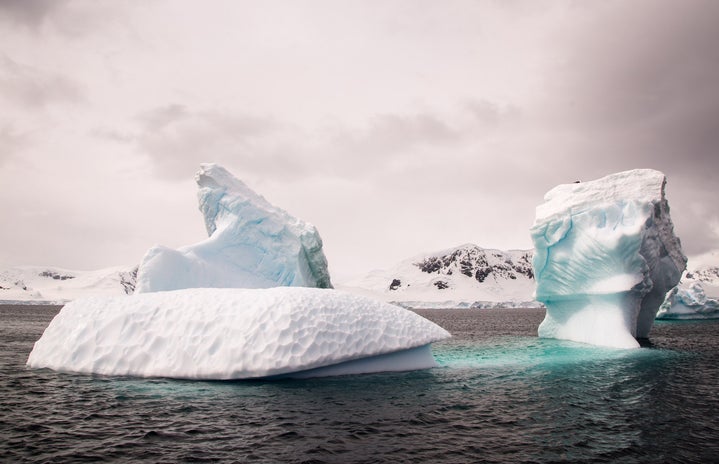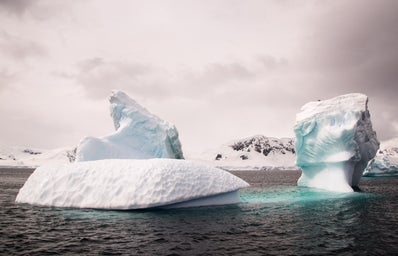The Willow Project has been taking over headlines as a prominent topic of discussion in the media. The Willow Project is a $8 billion proposal for a major oil and gas drilling development in Alaska’s remote North Slope. The company ConocoPhillips developed the Willow Project, which was approved on March 13, 2023. This is the largest oil development the region has seen in decades and is projected to produce 180,000 barrels of oil a day. You may be wondering, what does this mean for Alaska and for the rest of the country?
Although Biden imposed limits on drilling in certain parts of Alaska to preserve specific geographical areas, the Willow Project is harnessing loads of negative attention online. A lot of voters are upset that the Biden administration would allow this to happen. Some Biden supporters are shocked by this project approval, given that he fought to protect federal land against drilling during his 2020 presidential campaign. Many feel that he has broken promises that he made to the American people by failing to end oil drilling on American soil. These feelings of disappointment led to the creation of a change.org petition. This petition was able to gain 3 million signatures in protest of the Willow Project. In addition, more than 1 million letters were written to the president and his administration, urging the White House staff not to move forward with the controversial project. Americans feel very strongly about this drilling proposal and have argued against it for various reasons.
One of the many concerns surrounding the project is the amount of carbon that will be produced. The U.S. Bureau estimates that there will be 278 million metric tons of carbon released by the Willow Project over its 30-year lifespan. This amount of carbon is equivalent to the amount of carbon that would be released if there were 2 million more cars out on the roads each year. These much higher levels of carbon within the ecosystem will negatively impact the Caribou population of Alaska, specifically the Teshekpuk Lake Caribou herd. This herd is a vital source of food for residents of the nearby Nuiqsut community, as well as several other northern indigenous communities. A grassroots indigenous, Alaska-based organization recognized as the Native Movement, have spoken out against the Willow Project publicly. They are concerned about the negative effects the project will have on the ecosystem, and the lack of healthy food sources that will likely follow. Opponents are concerned that the Willow Project is merely the beginning and that the approval of this proposal will only lead to further exploitation and oil drilling within the Arctic.
Despite the negative attention the Willow Project is harnessing online and its many negative aspects, the project was supported by all three lawmakers that represent Alaska in congress, including the democratic candidate that was elected. Because the Willow Project would help boost domestic energy production, these lawmakers gave their approval on the development. It’s been ensured that important regions of Alaska such as Peard Bay, Kasegaluk Lagoon, Utukok Uplands, Colville River, and Teshekpuk Lake are protected from oil drilling. Now that the drilling has been approved excluding these areas, the U.S. will rely much less on foreign oil. This allows the nation to provide for itself and puts less pressure on diplomatic relations with other countries. The Willow Project is also expected to increase local investment within the state and will help create thousands of new job opportunities for those that are currently residents of Alaska, and those that may be considering the move. There’s a lot to consider when advocating for or against the Willow Project. Voters are gaining more information about the project as articles and petitions continue to circulate, and now that you’re a part of this circulation, where will you stand?


